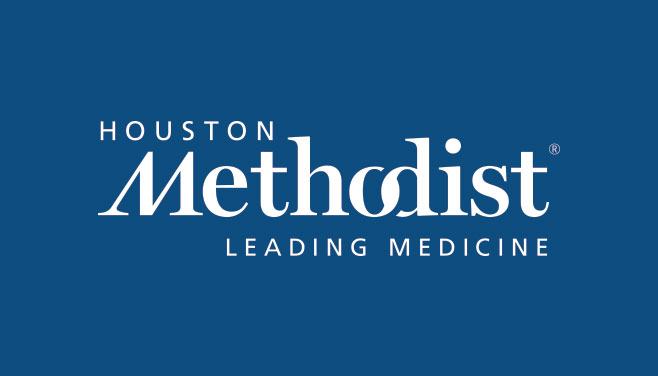
This invention is a glycolysis enhancement strategy using glycolytic modulators to improve cell fate transitions. Applied topically, systemically, or in combination with a biocompatible scaffold, the glycolytic enhancers are expected to improve wound healing, vascularity, and tissue regeneration as well as reduce fibrosis. In another application, a glycolysis repression strategy may be used to inhibit cell fate transitions when they are pathological, such as in the case of dysplasia or pre-malignancy.
Stage of Development
In vitro data: Seahorse and metabolomics flux assays were used to measure metabolic changes during transdifferentiation from fibroblasts to endothelial cells.
In vivo data: Pharmacological modulation of glycolysis enhanced cell fate transition in mouse models.
Competitive Landscape
In terms of wound healing, the most successful strategy is to provide an artificial matrix in the form of wound dressing or skin graft. Researchers have been developing numerous types of wound dressing materials or skin substitutes and trying to mimic the wound microenvironment through cutting edge technologies, however, the natural wound milieu consists of instructive biochemical cues and various cell types that are challenging to mimic using a dressing alone. In regards to dysplasia, many of the current treatments are invasive and/or high-risk surgical procedures that can cause heavy bleeding and even problems with fertility in the case of cervical dysplasia. Using a pharmacological intervention for either of these indications would lead to a non-invasive, low risk, and improved treatment strategy compared to the current standard of care.
Competitive Advantages – Wound Healing
• Accelerate wound closure in wound healing application
• May be used in conjunction with a matrix, scaffold, or wound dressing
• Topical application and ease of reformulation
• Known human safety data
Competitive Advantages - Dysplasia
• Non-invasive/Minimal risk
• Impede transition to malignancy
• Topical application and ease of reformulation
• Known human safety data

